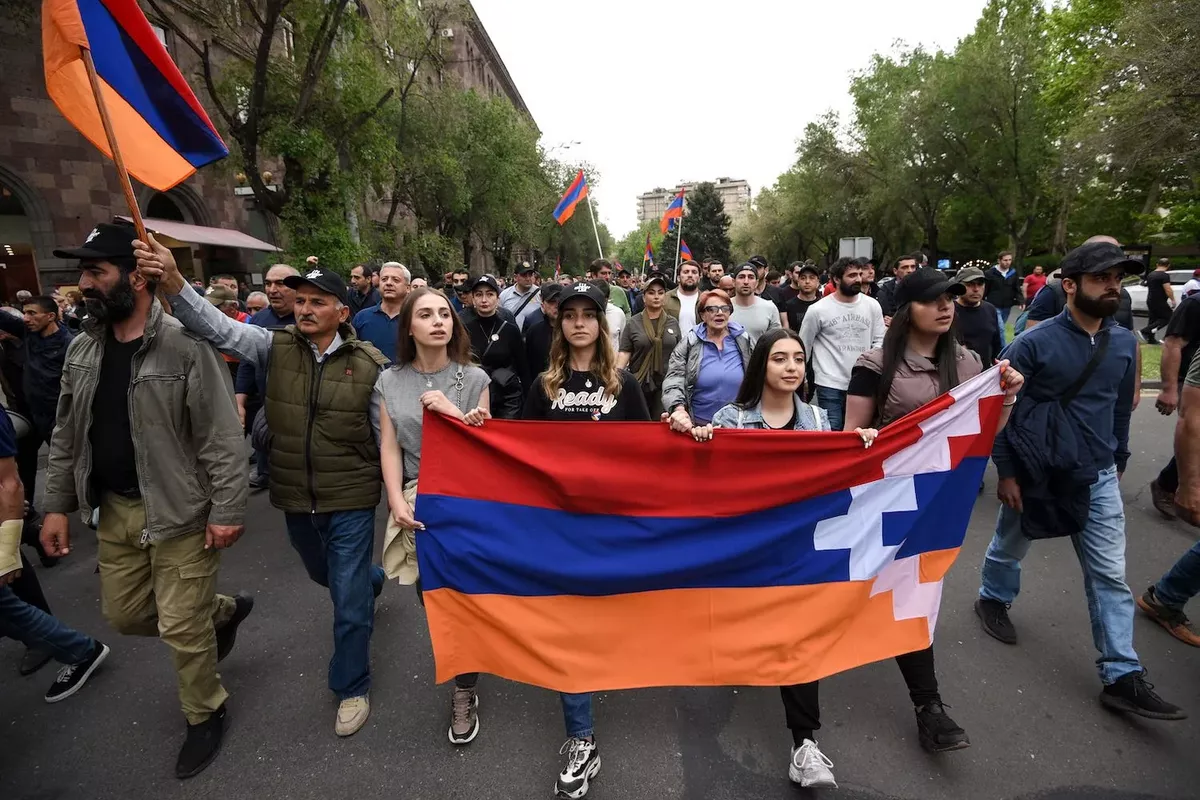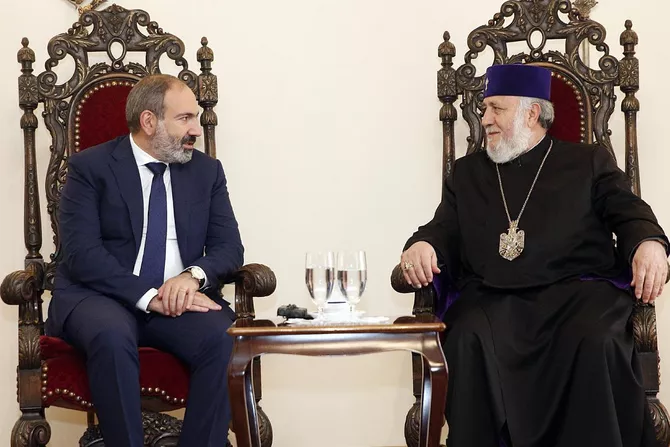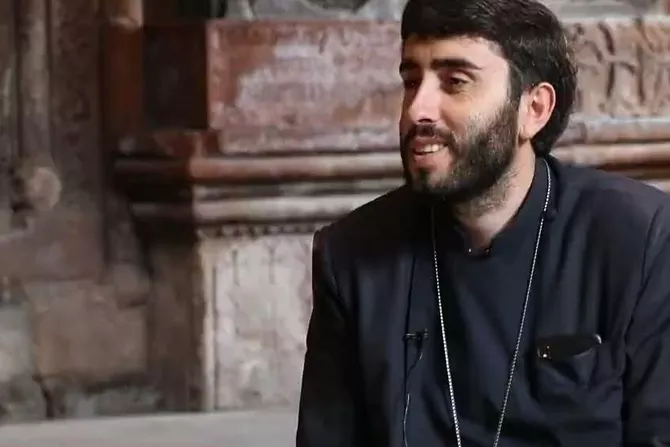
photo: Foreign Policy
Armenia is on the brink of a political and spiritual upheaval unlike anything seen since the nation’s crushing defeat in the 44-day Karabakh war. What once seemed unimaginable has now become stark reality: Prime Minister Nikol Pashinyan has approved a plan to force Catholicos of All Armenians, Garegin II, out of the country.
This is no ordinary political dispute. It is a power struggle with the trappings of a religious thriller, a confrontation that could shatter Armenia’s fragile political balance and expose the true face of the Armenian Apostolic Church, long regarded as a “holy fortress” of the nation.

photo: Jam-news.net
For centuries, the Armenian Church has been far more than a spiritual institution. It has functioned as a state within a state - a source of ideology, a hub of political influence, and, many argue, a breeding ground for militarism. Behind the veils of incense and prayer, church leaders have allegedly fomented hatred of Turks and Muslims, given ideological cover to ethnic cleansing, and helped orchestrate nationalist campaigns that fueled regional instability.
Former presidents Robert Kocharyan and Serzh Sargsyan, both tainted by corruption and war crimes allegations, relied on the Church as their most powerful shield. Etchmiadzin - the spiritual heart of the Armenian Apostolic Church - was less an altar than a sanctuary for political elites to conceal their misdeeds. Now, however, the Church itself finds its hierarchy under siege.
Pashinyan has been preparing for this moment for years. Since coming to power, he has chipped away at the Church’s influence, cutting funding, questioning its moral authority, and openly accusing clergy of involvement in arms deals and other shadowy dealings. For him, the Church is not merely a symbol of faith but a rival power center with deep networks and global reach.
The spark that lit this fuse came from Archbishop Bagrat Galstanyan of Tavush, who declared, “Yes, I am a revanchist and will remain so until the end of my days.” His rallies and defiant rhetoric became a rehearsal for broader confrontation. Catholicos Garegin II backed him, betting that the Church could leverage popular anger to weaken the government. But Pashinyan struck back, calling out the hypocrisy of the clergy and demanding Garegin’s resignation.
Armenian media report that the government has a strategy in place. At the center of it is priest Ter-Aram Asatryan, who claims he was pressured to join opposition rallies. If the Catholicos moves to punish him, it would provide Pashinyan with the perfect pretext - a formal, almost theatrical justification for striking at Etchmiadzin and expelling Garegin II.

photo: Iravaban.et
The public mood is shifting fast. Whispers of hidden arms caches in monasteries, involvement in smuggling operations, and shocking allegations of moral corruption among senior clergy are eroding the Church’s image of sanctity. Increasingly, Etchmiadzin is being likened to a shadow headquarters rather than a house of God. Even during services, eyewitnesses say, sermons have been infused with anti-Azerbaijani propaganda, cultivating generations steeped in hatred and fanaticism. It is no wonder that some Armenians now mutter darkly, “Etchmiadzin serves not God, but the devil.”
For Pashinyan, this is more than a personal clash with Garegin II. It is a calculated political operation aimed at the upcoming parliamentary elections. By weakening the Church, which has historically backed his rivals Kocharyan and Sargsyan, he effectively disarms the opposition before the campaign begins. As some analysts put it, “one shot, two targets.”
Yet the gamble is dangerous. The opposition already frames Pashinyan’s actions as betrayal, painting him as overly accommodating to Ankara and Baku. They seek to transform this power struggle into a nationwide crisis, using religious outrage to rally supporters.
The Church is unlikely to retreat quietly. Behind closed doors, there are rumors of secret meetings between Garegin II’s allies and influential members of the Armenian diaspora. The financial networks that have funneled millions into Armenia through church structures could be weaponized against the government. Unlike the state, the Church commands a global web of loyalists and deeply devoted followers.
If Etchmiadzin decides to go all in, Armenia could find itself teetering on the edge of civil unrest. The specter of internal conflict looms, with the cross potentially transformed from a symbol of faith into a banner of rebellion.
This battle is not simply between a prime minister and a patriarch. It is a fight for the soul of Armenia itself. Will Pashinyan succeed in breaking the centuries-old alliance of throne and altar, consolidating secular authority? Or will the Church strike back with such force that it topples what remains of Armenia’s fragile statehood?
In Yerevan, whispers grow louder: the future of the nation hangs in the balance. When the dust settles, only one power will remain standing - the cross or the throne.
Share on social media